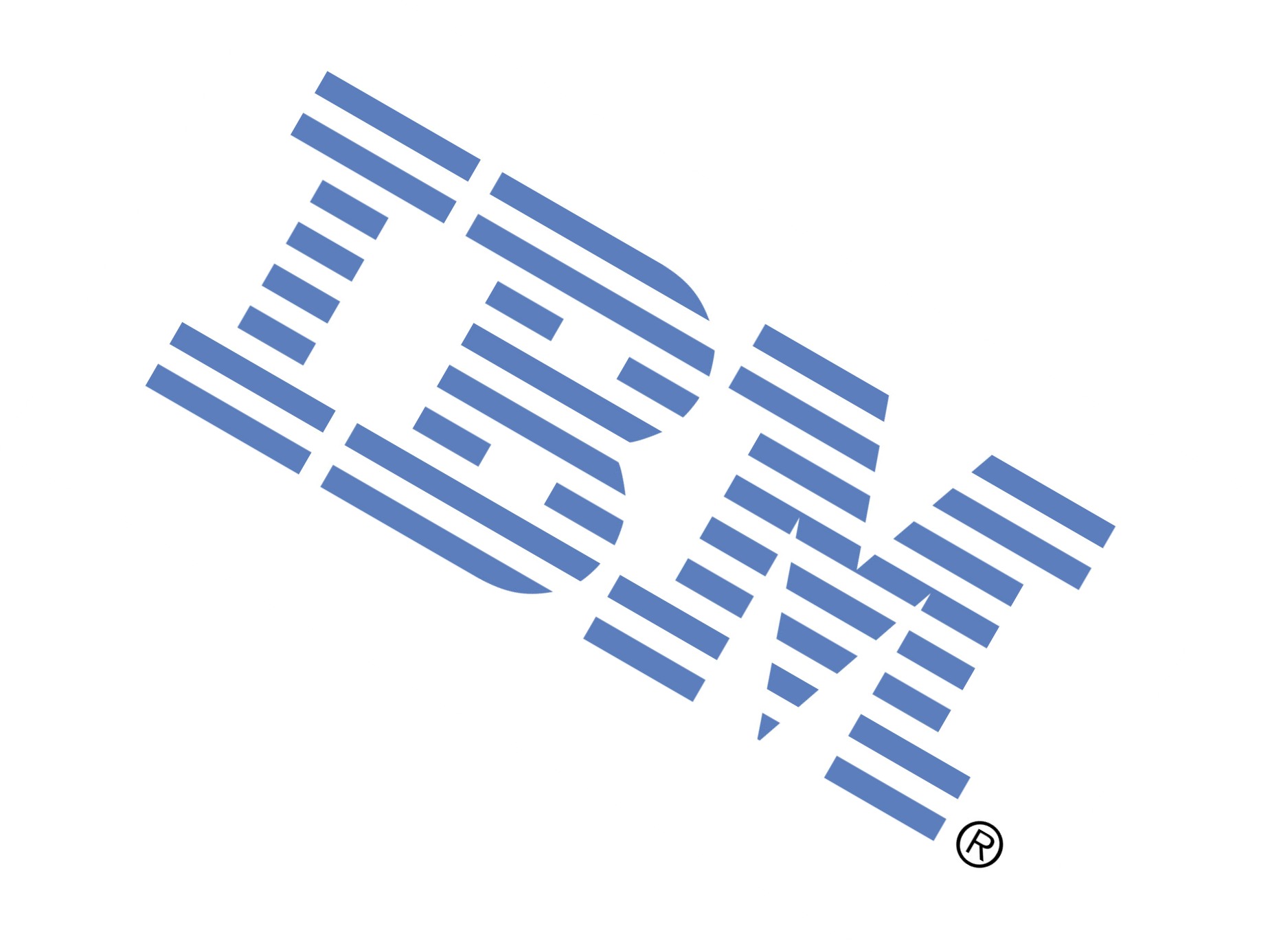IBM's Roadrunner takes supercomputer crown

The Top500 list of the most powerful supercomputers in the world has been topped for a record tenth time by an IBM system.
The Roadrunner system at Los Alamos National Laboratory in California clocked in at a brisk 1.105 petaflops (one thousand trillion calculations per second).
The results, announced during the International Supercomputing Conference in Hamburg, Germany show the IBM system is nearly three times as energy-efficient as the number two petascale computer, performing 445 megaflops per watt compared only 154 megaflops per watt for the runner-up.
Now that's super
IBM also announced that it had created a research 'collaboratory' in Dublin, with the aim of breaking the exaflop barrier. An exaflop is a million trillion calculations per second - 1000 times faster than today's petaflop-class systems.
The Roadrunner uses a combination of 12,240 Cell Broadband Engines (that's right, lifted from Playstation 3) in conjunction with 6,562 dual-core AMD Opteron chips, running on IBM Model QS22 blade servers.
It has 98 terabytes of memory, and is housed in 278 refrigerator-sized, IBM BladeCenter racksi with 10,000 Gigabit Ethernet connections that require 55 miles of fiber optic cable. Roadrunner weighs 225 tons, and is used to "ensure the safety and reliability of the USA's nuclear weapons stockpile" (ie. simulate blowing the holy crap out of North Korea).
Sign up for breaking news, reviews, opinion, top tech deals, and more.
IBM and the Swiss Federal Institute of Technology Zurich also unveiled plans to build the world's first water-cooled supercomputer that will directly repurpose excess heat for heating buildings.
The innovative system is expected to decrease the carbon footprint of the supercomputer system by up to 85 per cent and is estimated to save up to 30 tons of carbon dioxide per year compared to today's cooling technologies.